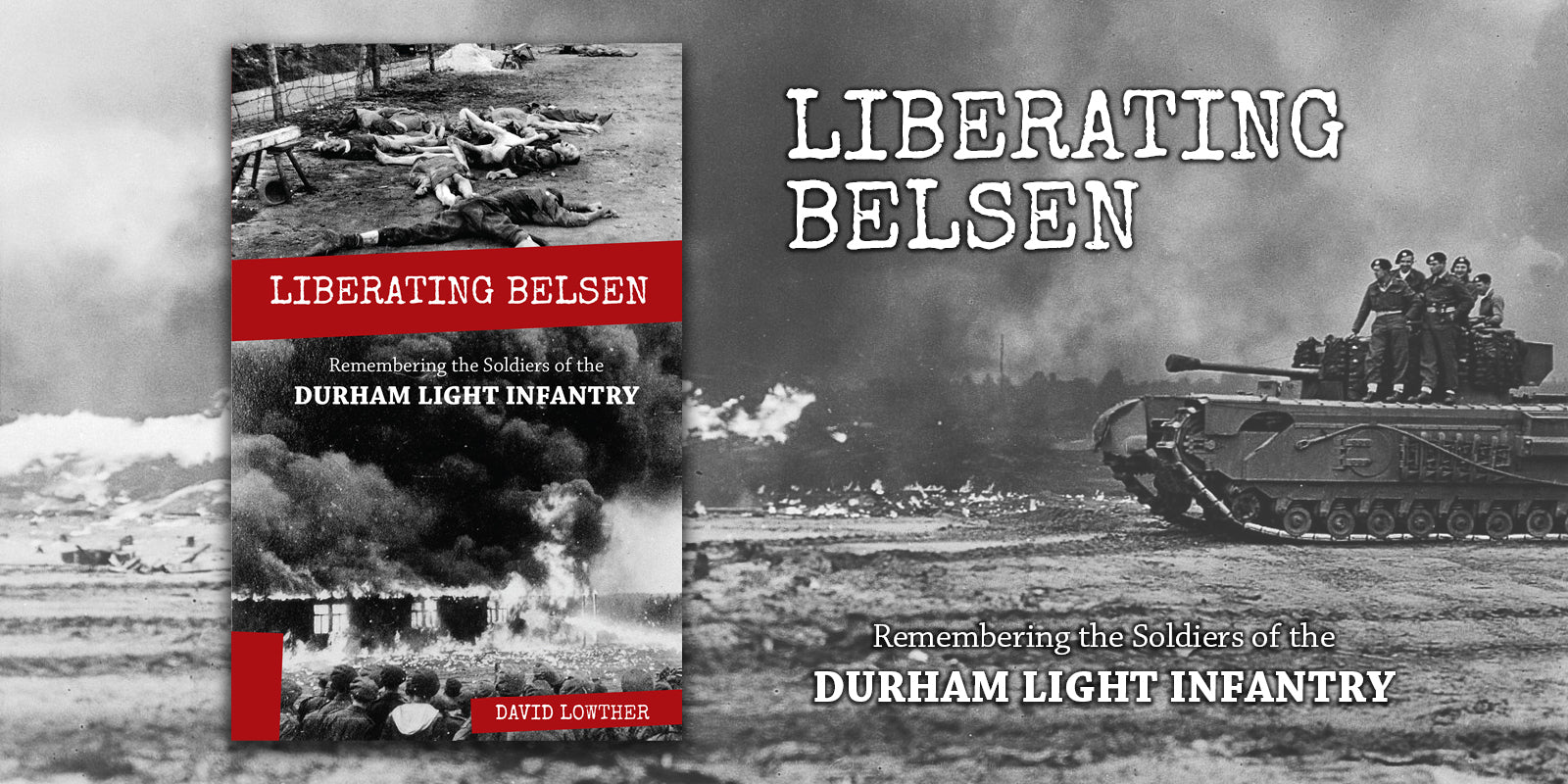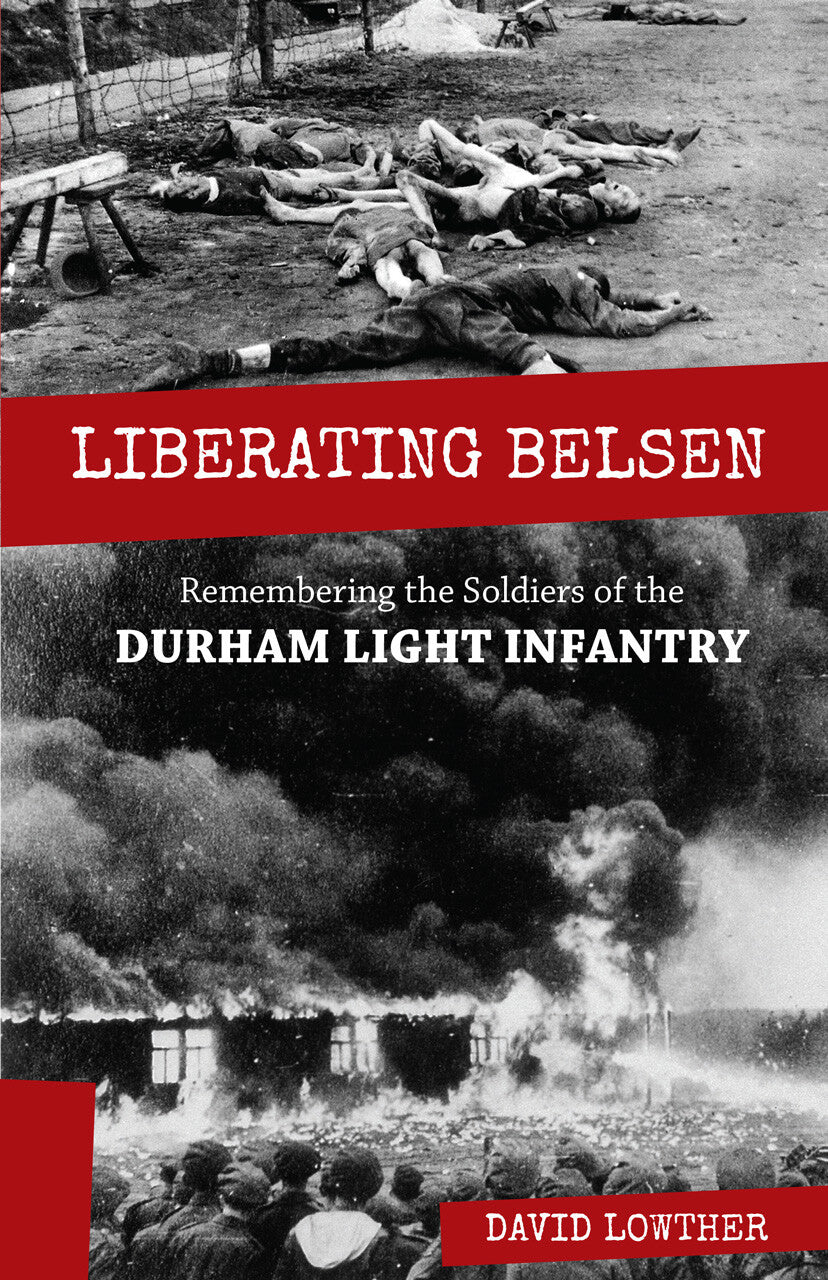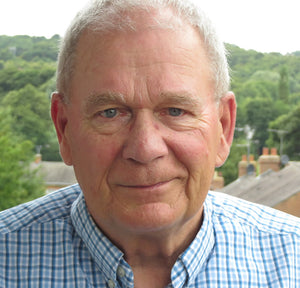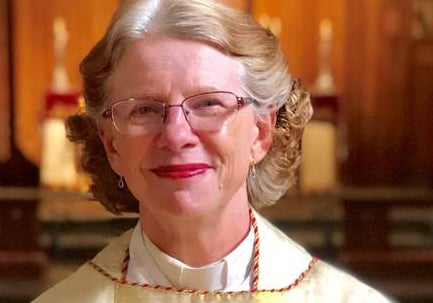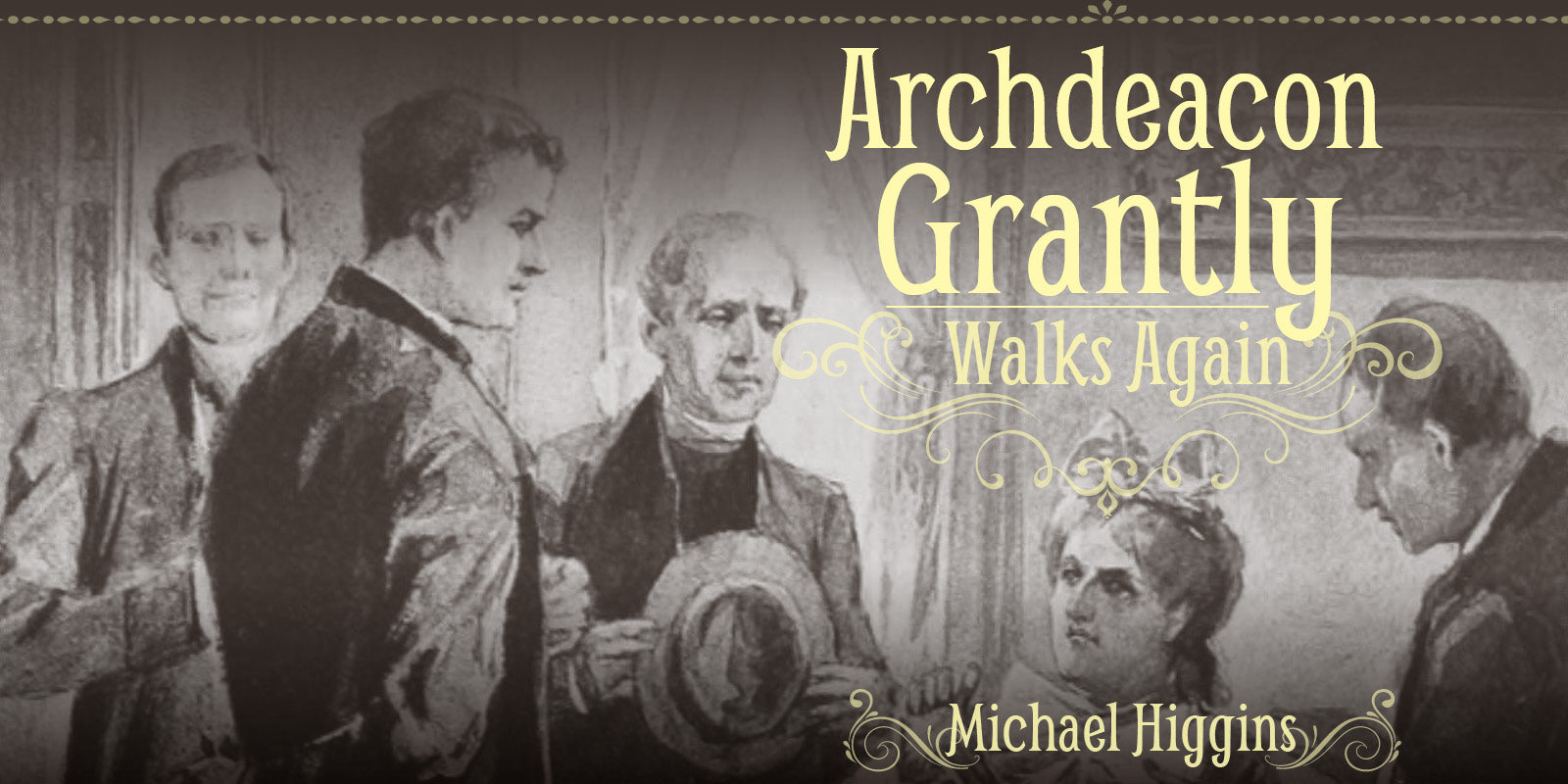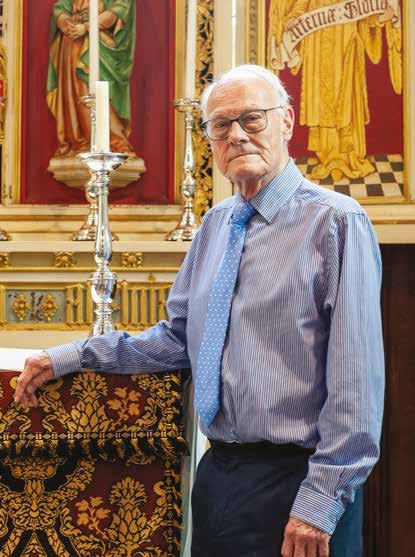GUEST BLOG: Fifty years ago, on 12 December 1968, one of the British Army’s most notable regiments, the Durham Light Infantry, held its final parade in front of its Colonel-in-Chief, Princess Alexandra, on Palace Green in Durham.
The regimental colours were then laid up in Durham Cathedral where they can be seen today. The Durhams then amalgamated with other regiments to form The Light Infantry before a further amalgamation in February 2007 saw them become known, as they are today, as The Rifles.
It is quite extraordinary that the regiment achieved so much in its short, 87-year history. Durham soldiers fought with distinction in the Boer War, the First World War, the Second World War (in Italy, France, North Africa, Germany and Burma) and, after the war, performed garrison duties in a divided Berlin and defended British overseas territories in Malaysia, Cyprus, Egypt and Aden. During this relatively short space of time, members of the Durham Light Infantry won a remarkable eleven Victoria Crosses.
Sadly, in a way, the action for which they may be best remembered is the part that they played in the liberation of the Bergen-Belsen concentration camp. There were several camps where far greater numbers of innocent prisoners were murdered, Auschwitz and Treblinka amongst them. Nor was it the first to be liberated; the Red Army had liberated Auschwitz and other camps in Poland earlier. But the Russians chose not to tell the world about the camps. Four days before the prisoners of Belsen were set free, US troops reached and set free prisoners at Buchenwald, near Weimar. Those Durham troops then heading north through Germany to Hamburg were diverted because a small detachment of soldiers had come across a disease-ridden pit of misery at Belsen and reinforcements were desperately needed. What happened next is told in my book: Liberating Belsen: Remembering the Soldiers of the Durham Light Infantry.
What the Durhams found when they arrived at Belsen is recounted in the book. It is important to learn of the way in which they responded to what they were faced with. Not a single one of them have been trained to deal with circumstances such as these: piles of emaciated corpses and thousands of people desperately ill with typhus or dying of starvation. These soldiers could perhaps have been forgiven if the first thing they did on arrival was to shoot the SS guards. But they didn’t. The Americans did that when they set the prisoners at Dachau free, and some freed prisoners at Belsen did throw SS guards out of the fifth-floor windows of their barracks. But the DLI men got to grips with the tasks of burying the dead and healing the sick. They used the SS guards to clear the camp of corpses and were hard but scrupulously fair in their supervision of these criminals. In terms of helping the sick to recover, the soldiers worked with the Royal Army Medical Corps who did a fantastic job in saving so many lives. And when it was all over, in May 1945, they burned the Bergen-Belsen concentration camp to the ground.
There are few, if any, survivors remaining of those amazingly brave soldiers, but their recollections of the horror are kept on tape at the Imperial War Museum in London. Extracts from these are reproduced in the book. Also in the book are reproductions of Richard Dimbleby’s eye-witness report, broadcast on the BBC Home Service, when he arrived at the camp. The liberation also received wide coverage in the newspapers and this certainly helped people back home appreciate why the war had had to be fought. This, in many ways, is the real importance of Belsen. The number of deaths was relatively small compared with the extermination camps in Poland and there were no gas chambers at the camp, but around 70,000 men, women and children did die there. Many of the victims were Jews and many others Soviet prisoners of war. This is, of course, a relatively small number compared with the 1,000,000 martyrs of Auschwitz, but the dead of Belsen must be remembered like all the other victims.
Nothing remains of the original camp. There is a memorial, visitor exhibition and documentation centres located on Anne-Frank-Platz, named after the camp’s best-known victim, which opened in 2007 and receives around 300,000 visitors each year. Archive film of the camp can be found on the Imperial War Museum’s German Concentration Camps Factual Survey (2014) and in the BFI’s Night Will Fall (2014). At the end of my book there are a number of questions which people should tackle after reading. Answering these will, I hope, help people to understand the Holocaust and appreciate the vital role played by the soldiers of the Durham Light Infantry in the liberation of the Bergen-Belsen concentration camp.
REMEMBER
Liberating Belsen: Remembering the Soldiers of the Durham Light Infantry is our December #BookOfTheMonth, to mark the 50th anniversary of the DLI's laying-up of colours. This book is perfect as a coursebook for GCSE and A-Level students, as well as holding appeal to adults who are interested in this critical period of history, and the role played by the DLI.
Get your copy today for just £8.99.
